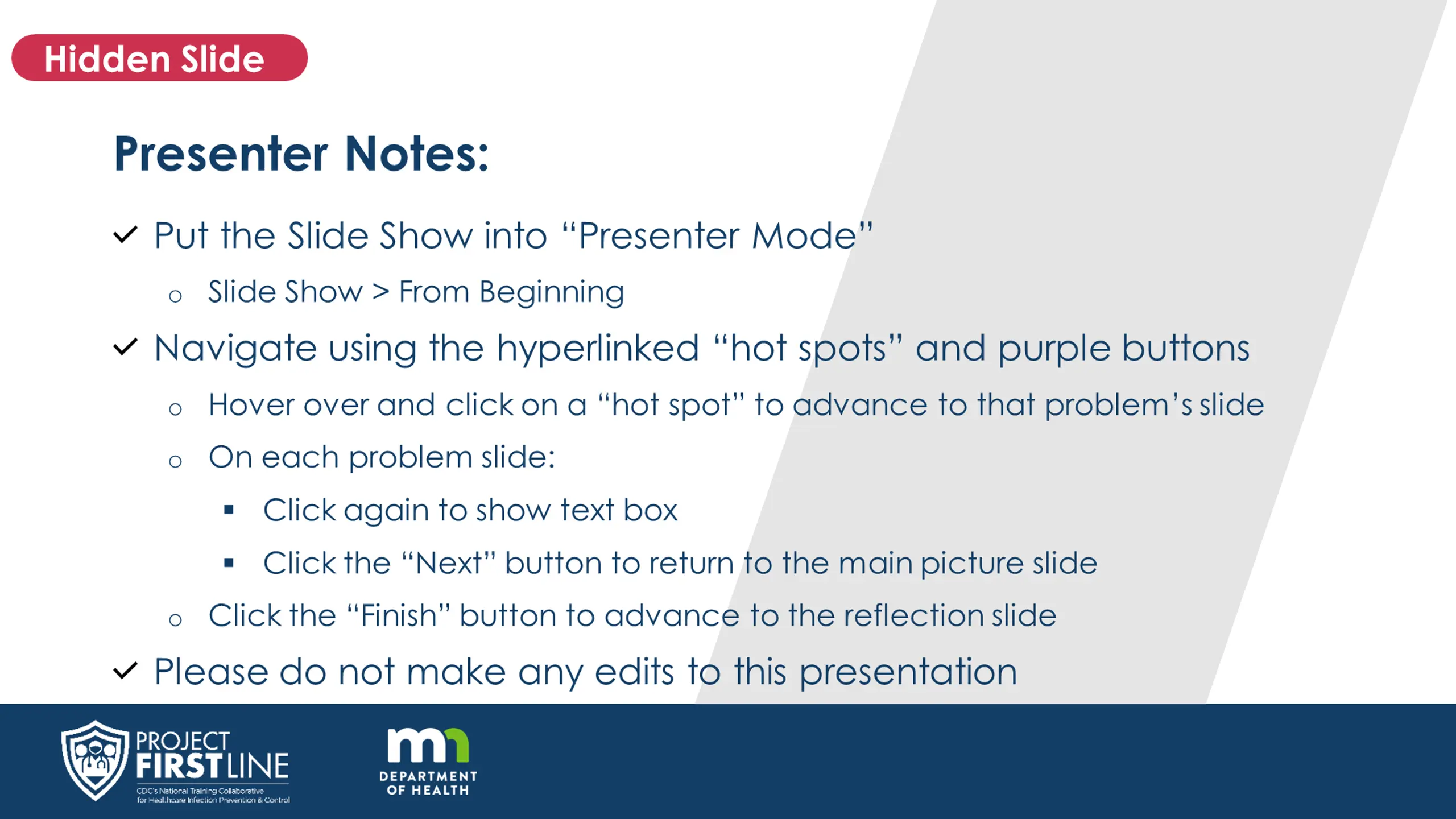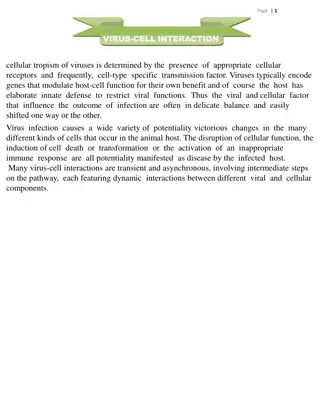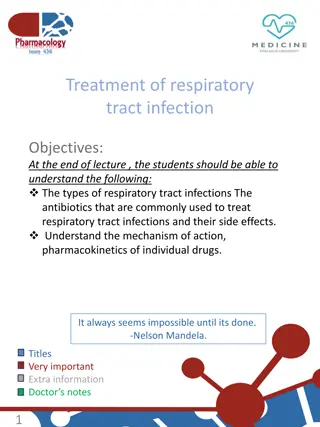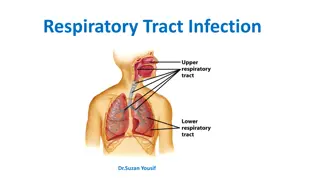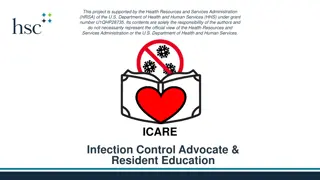Preventing Infections in Outpatient Exam Rooms
Common infection control problems in outpatient exam rooms and provides solutions to reduce the spread of germs. Explore the interactive room and select four problems that need fixing.
Download Presentation

Please find below an Image/Link to download the presentation.
The content on the website is provided AS IS for your information and personal use only. It may not be sold, licensed, or shared on other websites without obtaining consent from the author.If you encounter any issues during the download, it is possible that the publisher has removed the file from their server.
You are allowed to download the files provided on this website for personal or commercial use, subject to the condition that they are used lawfully. All files are the property of their respective owners.
The content on the website is provided AS IS for your information and personal use only. It may not be sold, licensed, or shared on other websites without obtaining consent from the author.
E N D
Presentation Transcript
Table Talk with MDH Project Firstline Interactive Resources What s Wrong with this Picture: Outpatient Exam Room
Welcome Agenda Welcome and Introductions What s Wrong with this Picture: Outpatient Exam Room Conclusion Interactive Resources| What s Wrong with this Picture: Outpatient Exam Room 3
Whats Wrong with this Picture: Outpatient Exam Room Interactive Resources| What s Wrong with this Picture: Outpatient Exam Room 4
Whats wrong with this picture? Health care workers need to be extra aware of where germs are found and how they can be spread to surfaces and people. We can help stop infections when we recognize the risk for germs to spread! In this outpatient room, select four problems that need to be fixed to reduce the spread of germs. Finish
Overflowing Sharps Container Next When sharps containers are overfilled, there is greater risk of accidentally getting poked with a dirty needle or sharp instrument. Remove or replace frequently-used sharps containers often, and before they become too full.
Blocking a Vent Next A blocked vent can decrease the air handling system's ability to replace the air in a room with new, clean air. If you see an air vent blocked by something mobile, like a chair or a trashcan, move the item to improve ventilation. If a vent is blocked by something else, like cabinets, notify a supervisor or the person in charge of the area.
Urine Specimen Without a Biohazard Bag Next When a sample from a patient is collected, body fluids and germs can easily get on the outside of the container and spread. These samples should be placed in a biohazard bag to prevent the spread of germs.
Placing Supplies Close to the Sink Next Tap water is clean, but it is not sterile. Places that are frequently wet with tap water or sprayed by tap water, like sinks and the counters around sinks, can be a risk for germs in water to spread. That's why it's important to keep health care supplies away from water.
Reflection You did it! Thanks for exploring this common health care setting and identifying infection control problems. Have you ever encountered them in your workplace? If so, why do you think they are so common? What could we do to stop them? Interactive Resources| What s Wrong with this Picture: Outpatient Exam Room 10
Conclusion Interactive Resources| What s Wrong with this Picture: Outpatient Exam Room 11
Resources CDC PFL Interactive Resources MDH Project Firstline www.health.mn.gov/projectfirstline CDC Interactive Resources: What s Wrong with This Picture? Outpatient Exam Room Subscribe to MDH Project Firstline Mailing List CDC Project Firstline (cdc.gov) | Facebook | Twitter Minnesota Department of Health (@mnhealth)| Facebook Minnesota Department of Health (@mnhealth)| Twitter Subscribe to CDC Project Firstline e-mails Minnesota Department of Health (@mnhealth) | LinkedIn Minnesota Department of Health (@mnhealth)| Instagram Interactive Resources| What s Wrong with this Picture: Outpatient Exam Room 12
Questions Interactive Resources| What s Wrong with this Picture: Outpatient Exam Room 13
